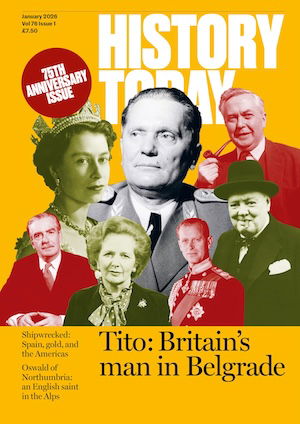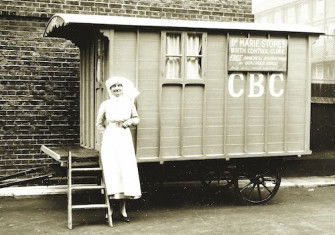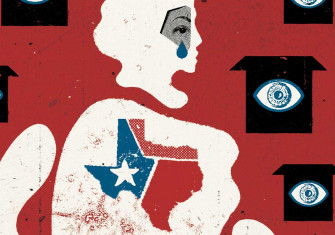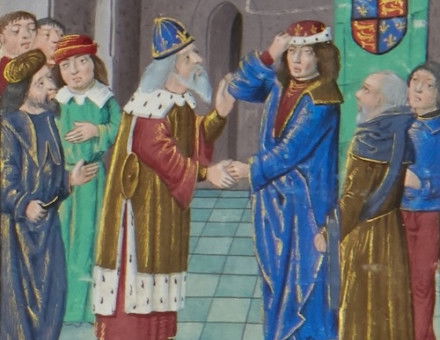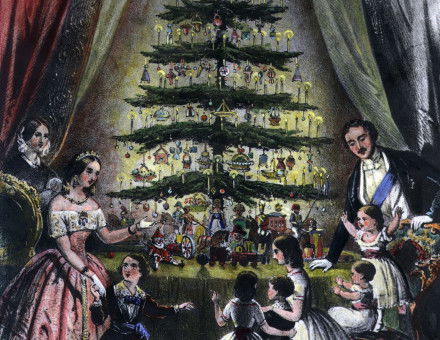Politicising Abortion in the United States
In 19th-century America abortion was weaponised as part of a culture war.
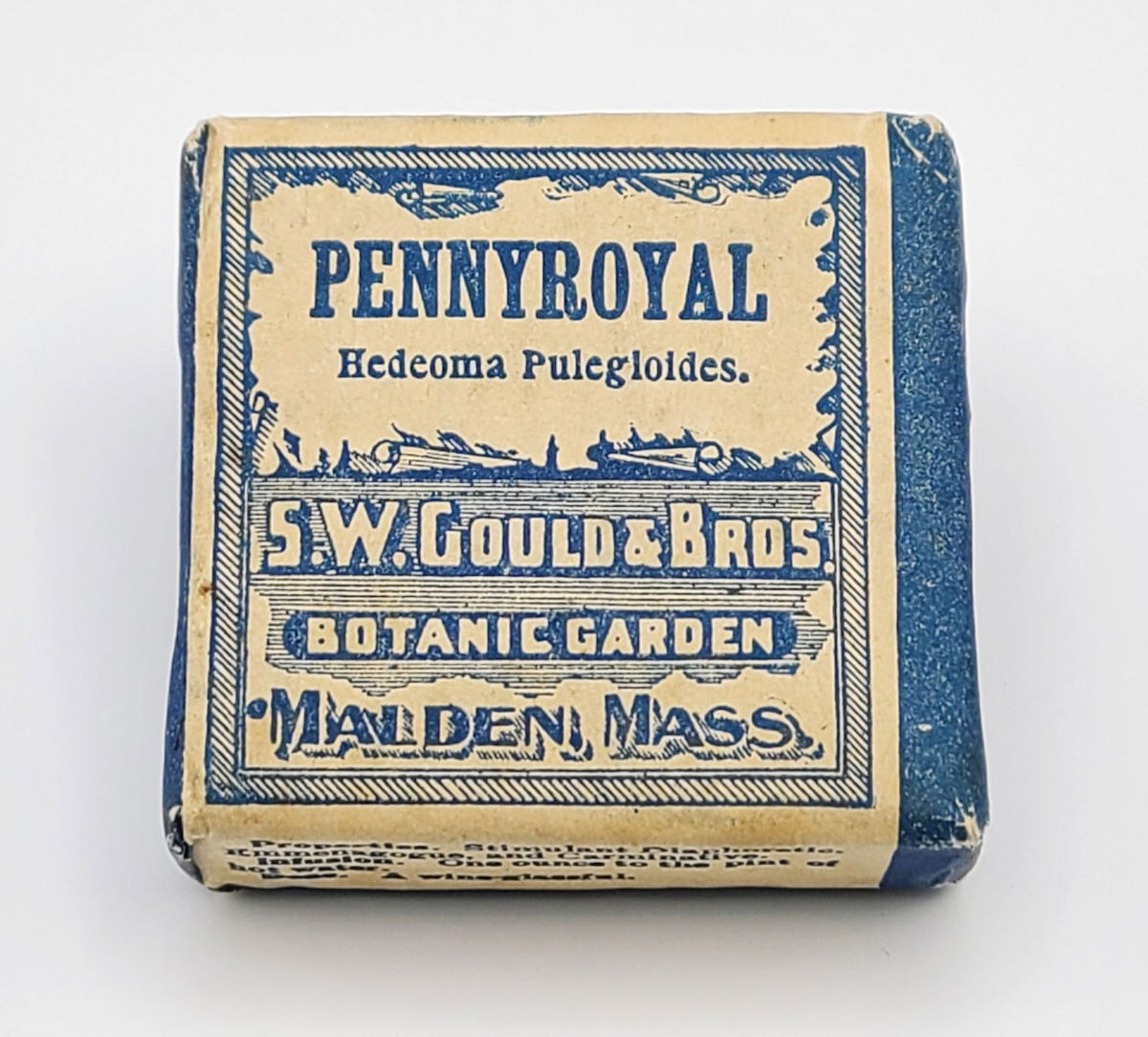
Lizzie and Frank Ward started seeing each other in early 1860. They went for walks in the northern Pennsylvania woods, attended church socials, and kissed. As Frank joyfully noted in his diary in March 1860: ‘Closely held in loving arms we lay, embraced, and kissed all night.’ When Frank enlisted in the Union army two years later, they quickly married and he went off to the front. Remarkably, Frank also recorded that Lizzie ended a pregnancy early in their married life, noting ‘she was going to have a child, but she took an effective remedy’. This and other entries in his youthful journal were published decades later, after his death. In the late 19th century he had become well known as a founder of the new discipline of sociology.
Frank was wounded in the Battle of Chancellorsville in May 1863 and returned to the small town of Towanda to convalesce. After a few months, he resumed military service as part of the so-called Invalid Corps, becoming a clerk in an army hospital in Alexandria, Virginia, where he was soon able to arrange a position for Lizzie as well, supervising the laundresses.

